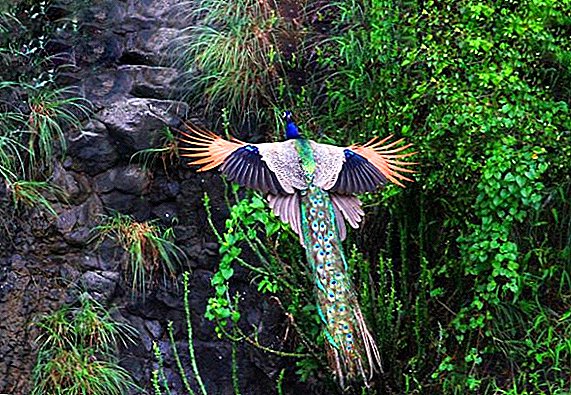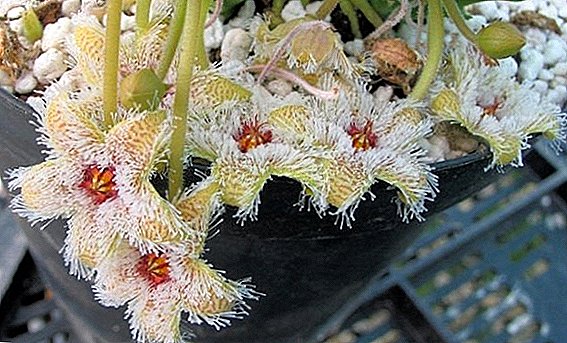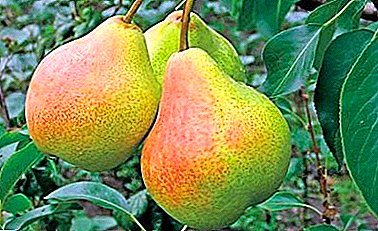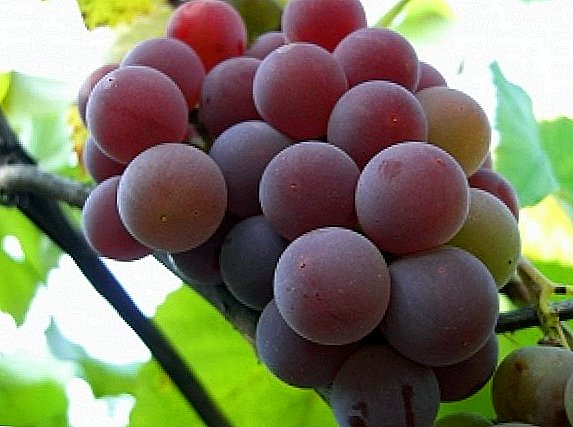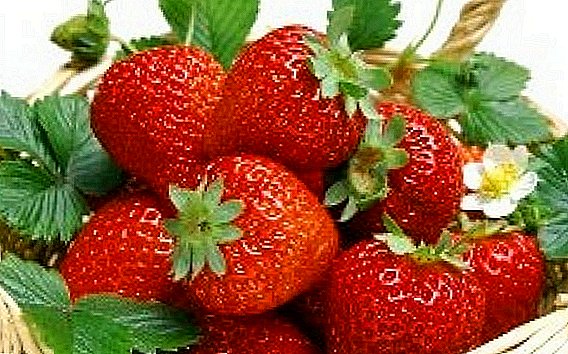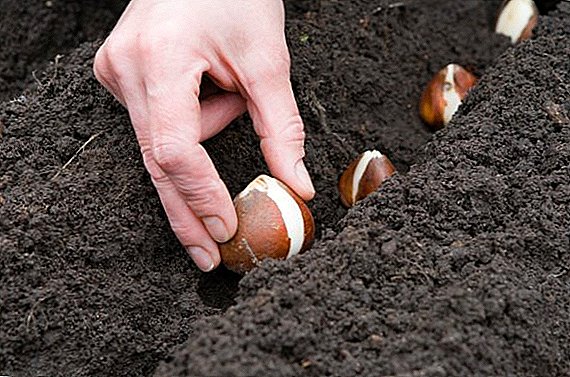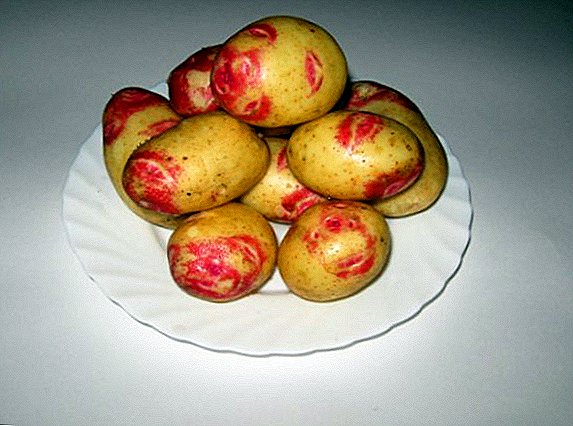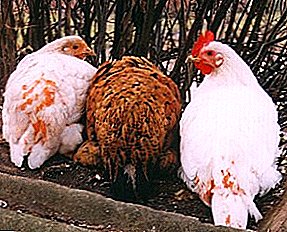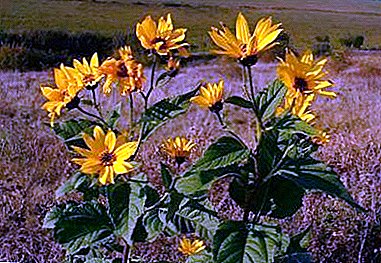
Jerusalem artichoke gained popularity among Russian summer residents relatively recently, which is no accident. Called an earthen pear, Jerusalem artichoke is rich in nutrients that make it an integral part of a healthy diet.
Everyone can grow this culture in their garden plot, and it’s not so difficult, the main thing is to know when to do it.
In this article we will talk about how to determine the optimal time for planting, what factors affect its duration and why it is important to do it in a timely manner.
Why is timely boarding important?
- If you plant the tubers in the spring before the soil warms to the required temperature, then there is a probability that not all the tubers will germinate and will not die, and the size of the crop at the end of the season is already reduced.
- With a late spring planting, the plant may not have enough time for its long growing season, and you will have to forget about the bountiful harvest. Tubers will be smaller and not ripe and pleasant to taste.
- Too early planting in the fall will lead to the fact that the tubers will sprout before the onset of frost and the shoots will die in winter.
What does its term depend on?
Of course, from the region where the planting is carried out, because the climate in each region is different. It is worth paying attention to the temperature at which landing. With spring, the ground should warm up, and in the fall, you need to choose the time for planting about a month before noticeable frosts.
 In warmer areas, the Jerusalem artichoke is often planted in the fall before frosts, so that in the spring the plant will immediately grow, then the crop will be received earlier by several weeks than when it was planted in the spring, and in regions with cold winters, the Jerusalem artichoke is more often planted in the spring, but you can plant an earth pear and 2 times a year - winter and spring, receiving two crops a year.
In warmer areas, the Jerusalem artichoke is often planted in the fall before frosts, so that in the spring the plant will immediately grow, then the crop will be received earlier by several weeks than when it was planted in the spring, and in regions with cold winters, the Jerusalem artichoke is more often planted in the spring, but you can plant an earth pear and 2 times a year - winter and spring, receiving two crops a year.
Planting time difference:
- In the open ground planting time depends on environmental conditions, in particular, on temperature, which will be discussed in more detail in the next section.
- In the greenhouse the time limits for outdoor cultivation may be shifted by several weeks. For example, if the temperature is too low for spring planting, then the Jerusalem artichoke can be planted a little earlier, and vice versa, if a variety with a long vegetative period is chosen and the plant does not have time to yield until autumn, then this can be easily adjusted in greenhouse conditions.
- At home You can grow an earthen pear year-round; all you have to do is observe the irrigation regime, day length and temperature, and a number of other conditions; therefore, the date of planting can vary and be carried out, in fact, at any convenient time, regardless of natural conditions.
Optimum landing time
As mentioned above, the exact date depends on the region where the landing. Landings are held in the fall (from late September to early November), earlier - in the northern regions, and later - in warmer ones. Oriented to the time of planting garlic. The temperature of the soil should be at least 7-10 degrees.
Important! Tubers should not germinate before frost.
You can also plant a Jerusalem artichoke in spring (late April - mid June), when the ground warms to 13-16 degrees. In this case, you should focus on the time of planting potatoes, most often they coincide.
- Central Russia. Spring planting here usually fall on the May holidays. Autumn falls at the end of September and beginning of October. According to the people's will, the landing should be finished before the Intercession of the Day (October 14).
- Ural. The summer in this region is short, and the winters are cold, so it is best to choose varieties with a minimum growing season. The required temperature for spring plantings occurs approximately in the second half of May. But frosts are also possible, which should also be taken into account when choosing a landing time. Spring planting is recommended in mid-October.
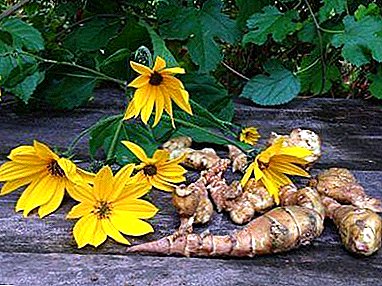 Siberia. The presence of a short summer and even more severe winters in comparison with the Urals is also true for this region, therefore the faster the ripeness of Jerusalem artichoke, the better.
Siberia. The presence of a short summer and even more severe winters in comparison with the Urals is also true for this region, therefore the faster the ripeness of Jerusalem artichoke, the better.Here the end of May and the beginning of June is optimally suited for spring planting. The time of autumn planting is almost the same as in other regions, and, depending on the autumn temperature of the season, takes place in the second half of October.
Autumn planting takes place about a month before frost.
Winter plantings are possible even in rather cold regions of Russia due to the frost resistance of the plant. Tubers of Jerusalem artichoke under the ground can withstand temperatures up to -45 degrees, and well experienced even a cold winter in the ground.
Jerusalem artichoke has many vitamins and minerals that bring health benefits. And to use an independently grown earth pear means to bring invaluable benefits to your health and the health of loved ones.


 Siberia. The presence of a short summer and even more severe winters in comparison with the Urals is also true for this region, therefore the faster the ripeness of Jerusalem artichoke, the better.
Siberia. The presence of a short summer and even more severe winters in comparison with the Urals is also true for this region, therefore the faster the ripeness of Jerusalem artichoke, the better.